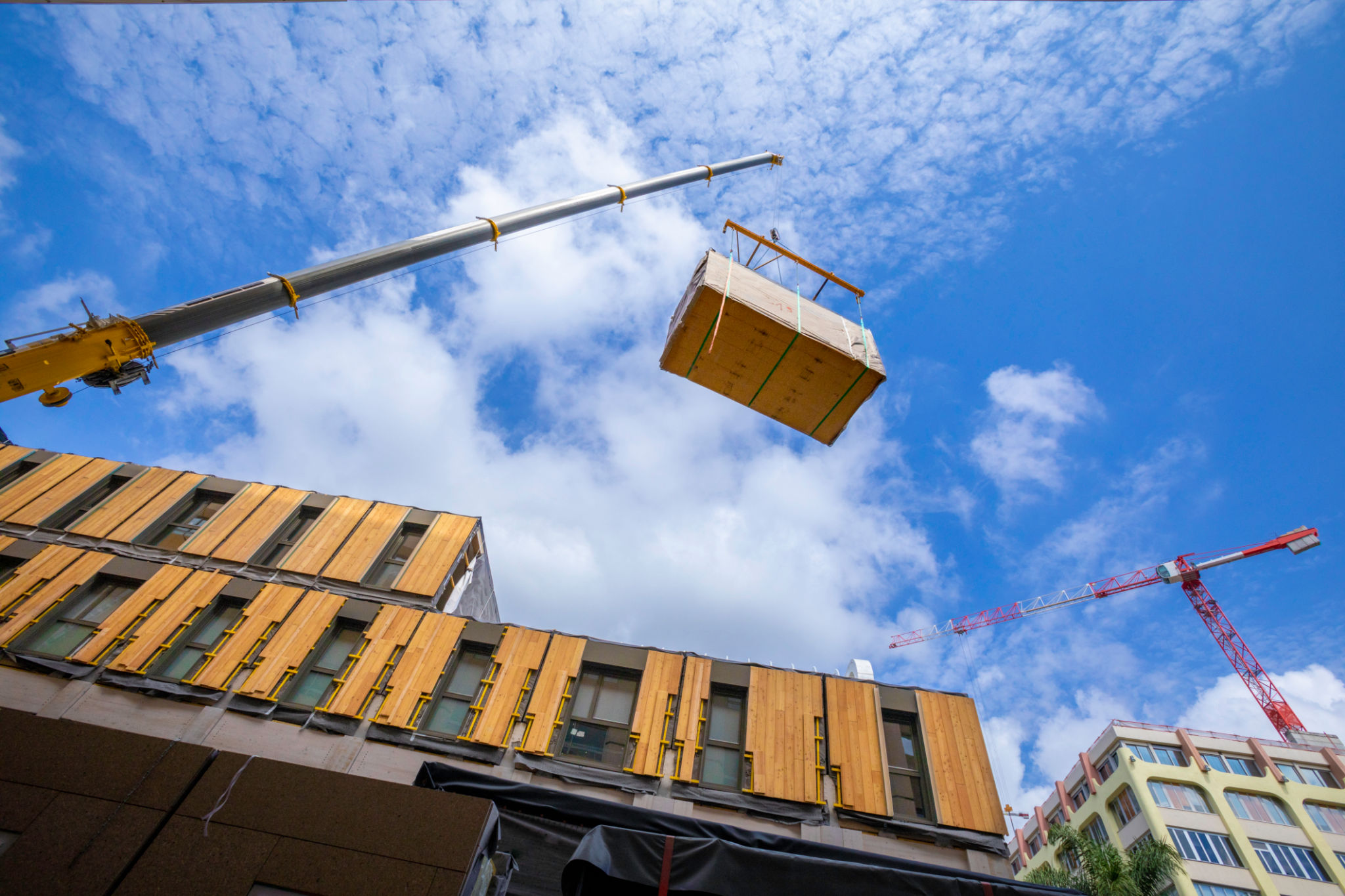Seasonal Construction Tips: Preparing Your Projects for Uganda's Climate
Understanding Uganda's Climate
Uganda is blessed with a diverse climate, ranging from tropical rainforests to semi-arid regions. This variability means that construction projects across the country must be designed to withstand different weather patterns. Understanding these climatic zones is crucial for any construction project planning to ensure durability and resilience.
The country experiences two main seasons: a rainy season and a dry season. The rainy season, which peaks from March to May and September to November, can pose significant challenges for construction. Conversely, the dry season, typically from December to February and June to August, is more favorable for building activities.

Planning Around the Rainy Season
The heavy rainfall during the wet months can lead to delays and increased costs if not anticipated. To mitigate these challenges, it's important to plan construction activities that are less affected by rain during these periods. For instance, focus on indoor tasks or tasks that require minimal exposure to water.
Additionally, ensure that your construction sites have proper drainage systems in place. This will prevent water accumulation, which can cause structural damage and safety hazards. Investing in quality waterproof materials for roofing and foundations is also a prudent decision during this time.

Managing Material Storage
Proper storage of materials is critical during Uganda's rainy season. Ensure that all materials are stored in a dry area, away from potential water damage. Use tarps or temporary shelters to protect them from the elements. This not only preserves their quality but also prevents unnecessary financial loss due to spoilage.
Consider stocking up on essential materials during the dry season when transportation is less likely to be affected by adverse weather conditions. This foresight can save both time and money, enabling the project to continue smoothly even when the rains begin.
Maximizing Productivity in the Dry Season
The dry season offers optimal conditions for construction work. It's the ideal time to undertake extensive outdoor projects such as laying foundations, roofing, and other structural work. With fewer weather interruptions, construction crews can maintain momentum and meet deadlines more efficiently.

Ensuring Worker Safety
While the dry season is generally advantageous, it's important to consider worker safety, especially concerning heat exposure. Ensure that workers have access to adequate hydration and breaks in shaded areas to prevent heat-related illnesses.
Implementing safety training programs can also prepare workers to handle unexpected weather changes or emergencies effectively. This not only protects your workforce but also ensures project timelines remain on track.
Leveraging Sustainable Practices
Sustainability is an increasingly vital consideration in construction projects across Uganda. By adopting eco-friendly practices such as rainwater harvesting during the wet season or using solar-powered equipment, construction companies can reduce their environmental impact while optimizing resource usage.

Moreover, using locally sourced materials can support the community and reduce transportation emissions. This approach not only benefits the environment but also aligns with the growing demand for sustainable building practices globally.
Conclusion: Adapting to Uganda's Climate
Successfully navigating Uganda's climate requires careful planning, strategic timing, and a commitment to sustainability. By understanding the local weather patterns and preparing accordingly, construction professionals can execute projects that are both efficient and resilient.
Incorporating these seasonal construction tips into your project planning will help ensure that your buildings withstand Uganda's diverse climate while meeting modern standards for safety and sustainability.
